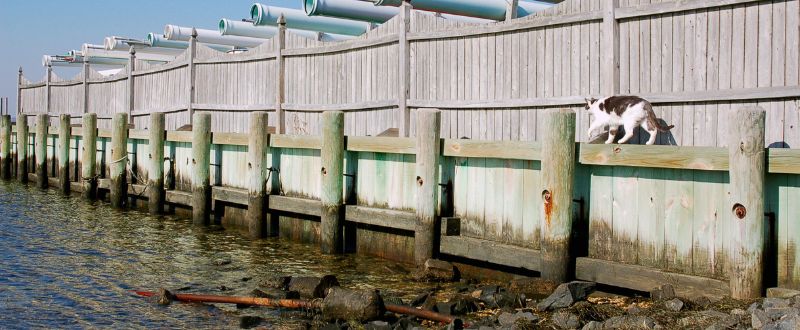Water infiltration occurs when water permeates the ground and becomes part of the subsurface water system. Understanding the different types of water infiltration—surface and subsurface—can help homeowners and property managers identify potential problems and take appropriate action to prevent or mitigate damage. Delve into the issues caused by surface and subsurface water infiltration, and learn how to prevent infiltration or repair infiltration damage in various settings.
Surface Water Infiltration
Surface water infiltration refers to the process where water from precipitation, irrigation, or other sources seeps into the ground through surface layers such as soil and vegetation. The rate at which water seeps into the ground from the surface depends on several factors, including the type of soil, its moisture content, and the intensity and duration of the precipitation.
Surface water infiltration can lead to several issues, including soil erosion, flooding, and foundation damage. For instance, excessive surface water infiltration can weaken the soil structure around a building, leading to foundation problems and potential structural instability.
To prevent or mitigate surface water infiltration issues, consider the following suggestions:
- Install proper drainage systems to direct water away from the building.
- Use correctly sized and functional gutters and downspouts.
- Use landscaping to channel water away from the property.
Subsurface Water Infiltration
On the other hand, subsurface infiltration involves water movement below the soil surface. Subsurface water infiltration occurs when water seeps deeper into the ground, reaching the layers beneath the surface soil.
Healthy subsurface water infiltration contributes to the replenishment of groundwater reserves and plays a crucial role in the distribution of moisture in the soil. However, excessive subsurface water infiltration can lead to issues such as groundwater contamination and structural instability.
For example, a leaky underground pipe might cause subsurface water infiltration, which leads to the formation of sinkholes or the weakening of a building’s foundation. Regular maintenance of underground utilities and plumbing systems helps prevent excessive subsurface water infiltration or minimizes damage.
Stabilization Techniques for Different Applications
Water infiltration can cause soil loss, washouts, and voids that harm the stability of structures. Understanding the issues caused by surface and subsurface water infiltration enables property owners and managers to take the necessary steps to prevent or address issues stemming from these processes.
Stabilization solutions may include reinforced concrete walls, erosion control measures, and well-designed drainage systems. Experienced soil stabilization contractors can identify and implement adequate stabilization techniques to protect the property in question.
URETEK ICR Gulf Coast can perform soil stabilization repairs in the greater Houston area using expanding polyurethane foam. This solution stops water infiltration, repairs damage, and stabilizes the soil. Call us when you need to restore your property.

